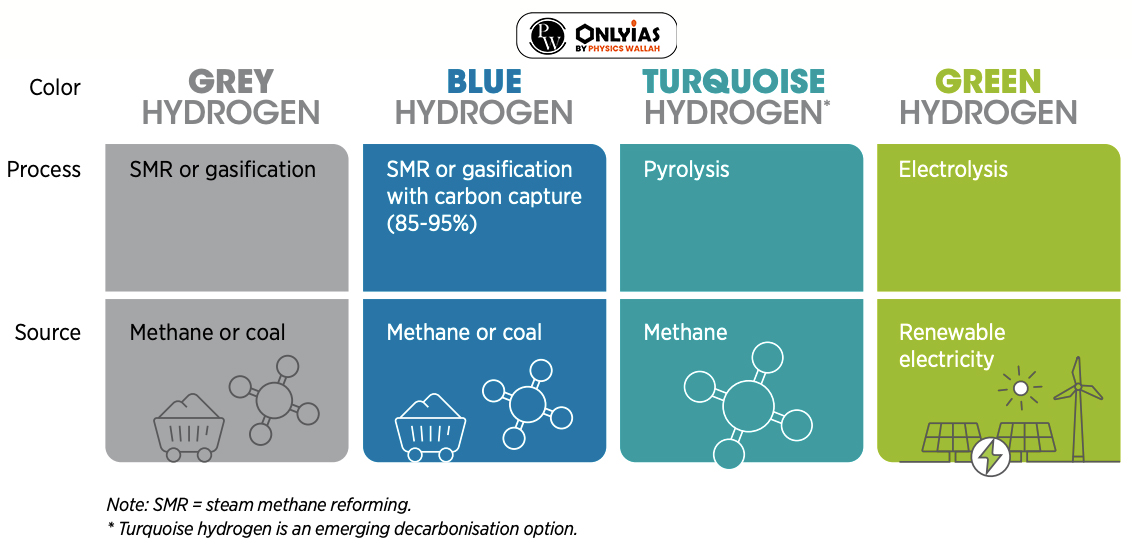![]() 17 Oct 2023
17 Oct 2023

Hydrogen Consumption in India
|
|---|

News Source: Business Standard
| Prelims Question (2019)
In the context of which one of the following are the terms ‘pyrolysis and plasma gasification’ mentioned? (a) Extraction of rare earth elements (b) Natural gas extraction technologies (c) Hydrogen fuel-based automobiles (d) Waste-to-energy technologies Ans: (d) |
|---|
<div class="new-fform">
</div>